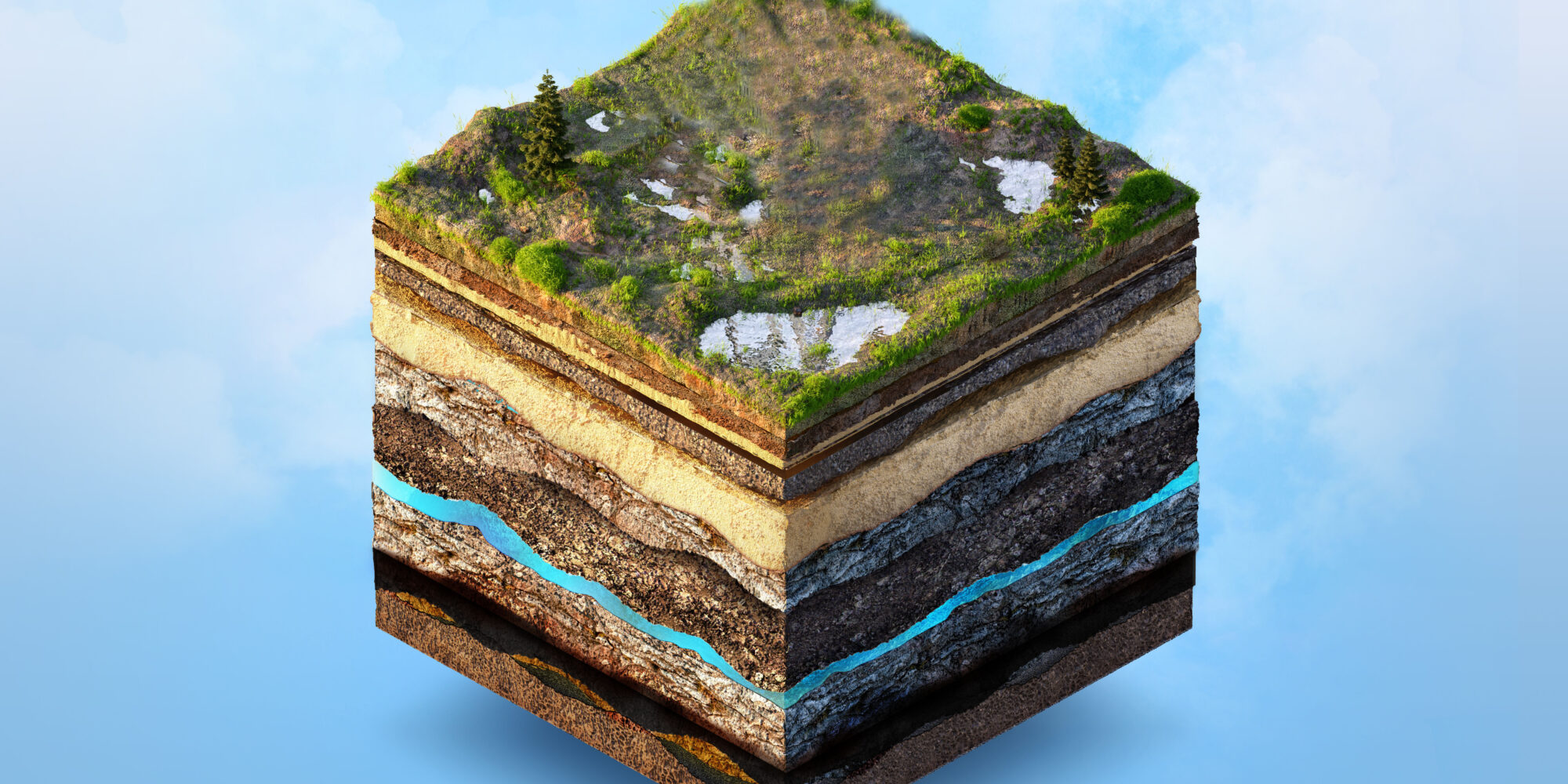Innovative Uses of Geotheta in Modern Geotechnical Method
Innovative Uses of Geotheta in Modern Geotechnical Method
Blog Article
Introducing the Vital Geotechnical Providers: Just How Geophysical Survey, Incline Stability Analysis, and Groundwater Keeping An Eye On Enhance Infrastructure Advancement
In the realm of infrastructure advancement, the importance of geotechnical solutions can not be overstated. Geophysical study, slope security evaluation, and groundwater monitoring stand as columns that reinforce the structure of large jobs. These services offer important understandings into the subsurface conditions, possible risks, and general expediency of building undertakings. By harnessing the power of innovative technologies and specialist evaluation, infrastructure developers can navigate intricate obstacles with insight and accuracy (geotheta). As we unravel the complex internet of geotechnical solutions, a deeper understanding arises of exactly how these essential parts integrate to not just minimize risks but additionally enhance the effectiveness and longevity of framework projects.
Importance of Geophysical Study
Carrying out a geophysical survey is necessary in facilities growth as it offers essential insights into the subsurface conditions and possible geological threats. By using different geophysical approaches such as ground-penetrating radar, seismic studies, and electromagnetic induction, designers and geologists can draw up the underground structures and determine potential dangers before building begins. This positive approach aids in preventing expensive shocks throughout the building phase, eventually saving time and cash.
Geophysical surveys are specifically useful in examining the security of the ground, situating underground utilities, and recognizing possible ecological concerns. Comprehending the dirt structure, deepness of bedrock, and water table levels is important for developing strong structures and water drainage systems that can endure all-natural forces and prevent dirt erosion.
In addition, geophysical surveys play a substantial duty in making sure the safety and long life of framework projects by giving necessary information for website selection, course preparation, and threat reduction approaches. Overall, the importance of geophysical studies in framework growth can not be overstated, as they form the structure for effective and sustainable building tasks.
Enhancing Incline Security Analysis
Enhancing incline stability evaluation is a vital aspect of geotechnical design in making sure the safety and strength of infrastructure jobs. One trick technique for boosting slope security evaluation is the usage of mathematical modeling software, which enables designers to imitate numerous incline conditions and prospective failing systems.
Furthermore, carrying out in-depth field examinations, including geological studies and geophysical testing, can enhance the precision of slope stability evaluation. By accumulating information on the subsurface conditions and structural integrity of inclines, designers can better predict potential failing dangers and apply suitable reduction steps. Constant tracking of slope actions with instrumentation such as inclinometers and piezometers is also crucial for reviewing stability gradually and responding quickly to any signs of instability. In general, enhancing slope stability analysis is important for guaranteeing the lasting safety and sustainability of framework projects.
Duty of Groundwater Surveillance
Effective groundwater tracking plays an essential function in making certain the security and safety and security of framework tasks. Groundwater degrees can substantially affect the architectural stability of foundations, passages, and various other underground structures. By continuously keeping an eye on groundwater levels and high quality, designers can recognize potential risks such as dirt disintegration, structure instability, and waterlogging.
Groundwater tracking assists in assessing the effect of building and construction activities on neighborhood aquifers and water sources. It permits for the very early discovery of any kind of groundwater contamination, making sure and stopping ecological risks compliance with regulations. By understanding the groundwater dynamics, designers can implement appropriate dewatering measures to manage water inflow during excavation and construction procedures, lowering the threat of flooding and structural failing.
Integrating Geotechnical Services
Groundwater surveillance, a critical facet of facilities advancement, prepares for incorporating geotechnical services seamlessly into building and construction tasks. By recognizing the behavior of groundwater within the project website, engineers can make enlightened choices concerning foundation layout, slope security, and total job feasibility. Incorporating geotechnical solutions entails incorporating numerous strategies such as geophysical studies, slope stability evaluation, and groundwater surveillance to offer a thorough understanding of the website conditions. This integration improves the overall job design, construction, and planning phases, resulting in extra economical and effective infrastructure advancement.
Furthermore, the assimilation of geotechnical solutions permits for the recognition of potential dangers and obstacles early in the task lifecycle, enabling proactive procedures to be implemented to reduce these issues. With a multidisciplinary approach that incorporates geophysical, geological, and hydrological data, designers can maximize building and construction processes, lessen ecological effect, and ensure the long-term stability and performance of the facilities. Overall, incorporating geotechnical services is vital for lasting and effective infrastructure development.

Advantages for Framework Advancement
In the world of framework growth, the use of integrated geotechnical services brings forth a wide variety of benefits that dramatically improve job end results. Slope security evaluation plays an essential function in ensuring the security and durability of facilities by examining the stability of inclines and recommending essential support actions. Generally, the consolidation of geotechnical solutions in infrastructure development not only improves task effectiveness but likewise adds to the durability and resilience of built facilities.
Final Thought

Enhancing slope stability evaluation is a critical aspect of geotechnical engineering in ensuring the safety and durability of facilities projects. Overall, enhancing incline stability evaluation is important for making certain the lasting safety and security and sustainability of framework tasks.
Slope security evaluation plays an important duty in ensuring the safety and security and longevity of framework by assessing the security of inclines and recommending essential reinforcement procedures. geotheta.In final thought, geophysical survey, incline stability analysis, and groundwater monitoring are crucial geotechnical services that play a vital role in improving facilities development. The benefits of integrating these solutions into facilities advancement are clear, and their significance can not be overstated in making sure the long-term success and longevity of facilities jobs
Report this page